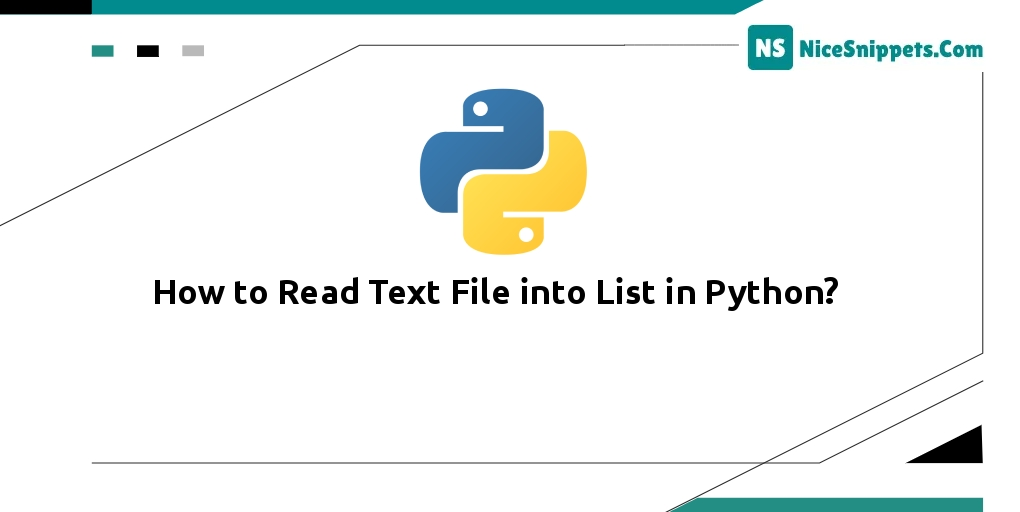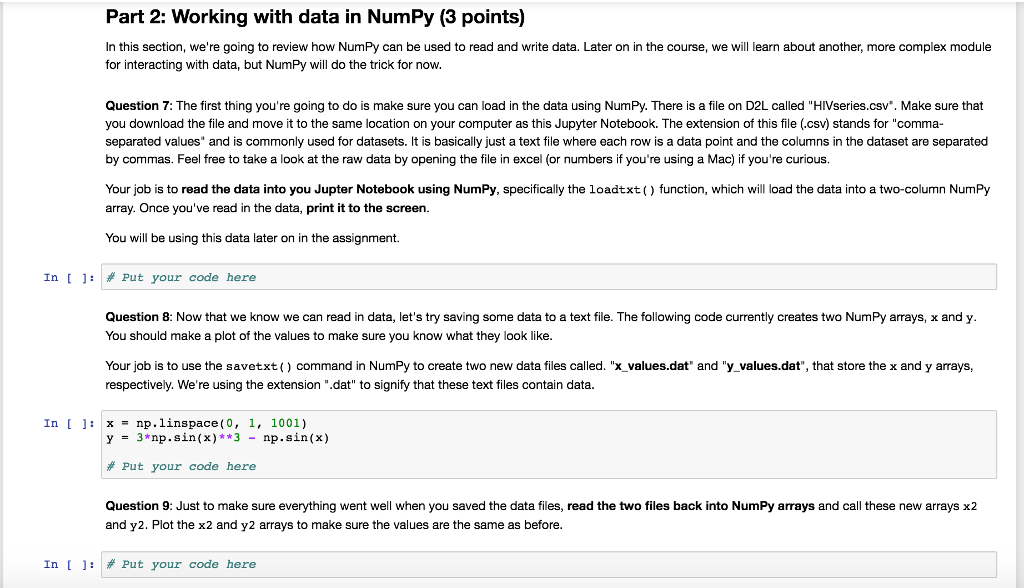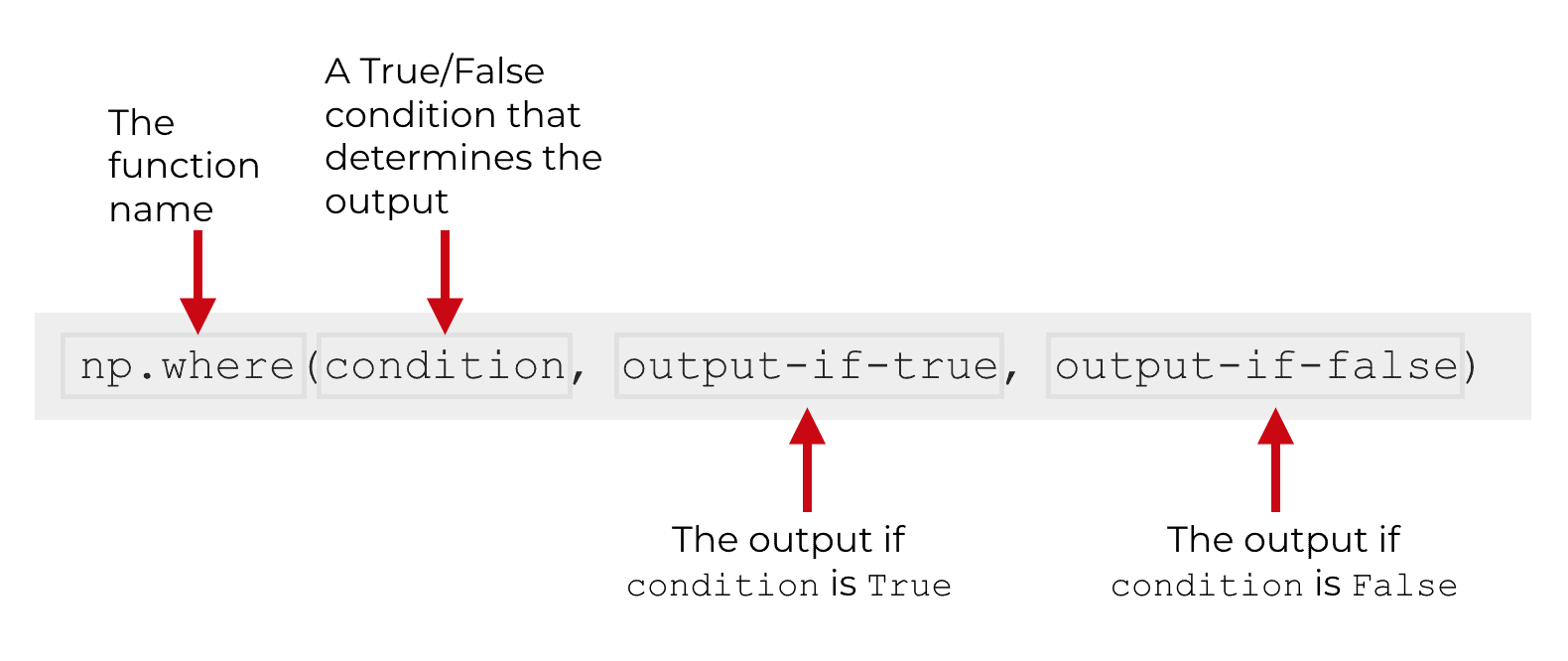Numpy Read Text File Into Matrix
Numpy Read Text File Into Matrix - Web with open('data.txt', 'r') as f: We’ll import the numpy package and call the loadtxt method, passing the file path as the value to the first parameter filepath. ] nums_ls = [int(x.replace('', '')) for x in split_line] # get rid of the quotation marks and convert to. Scientific data can come in a variety of file formats and types. Web python numpy loadtxt () function is used to load the data from a text file and store them in a ndarray. Web import numpy as np matrix = np.loadtxt ('/tmp/matrix.txt') ctrl + c. We’ll load a numpy array from a simple text file. Load numpy module for python. Load the array back into our environment, with numpy loadtxt; Web common text file formats for importing data into numpy arrays.
Numpy.loadtxt (fname, dtype = float, comments=’#’, delimiter=none, converters=none, skiprows=0, usecols=none, unpack=false, ndmin=0, encoding=’bytes’, max_rows=none, *, like= none) the default data type (dtype) parameter for numpy.loadtxt ( ) is float. Data is always written in ‘c’ order, independent of the order of a. Given below are some implementation for various file formats: Web method matrix.tofile(fid, sep='', format='%s') # write array to a file as text or binary (default). Web to read the predictor values into a numpy matrix you can use: Ndarray approach import module load file read numeric data print data retrieved. Web common text file formats for importing data into numpy arrays. Import numpy as np data = np.loadtxt (./weight_height_1.txt) here we are assuming the file. ]] now i want to write this matrix in a text file named 'result.txt'. For this, i wrote the following code::
We’ll load a numpy array from a simple text file. Web common text file formats for importing data into numpy arrays. Numpy.loadtxt (fname, dtype = float, comments=’#’, delimiter=none, converters=none, skiprows=0, usecols=none, unpack=false, ndmin=0, encoding=’bytes’, max_rows=none, *, like= none) the default data type (dtype) parameter for numpy.loadtxt ( ) is float. In a nutshell, genfromtxt runs two main loops. Loadtxt (fname, dtype=, comments='#', delimiter=none, converters=none, skiprows=0, usecols=none, unpack=false, ndmin=0, encoding='bytes', max_rows=none, *, quotechar=none, like=none) [source] # load data from a text file. Each row in the text file. I have solved it but it's an ugly and long solution. Web method 1 : First, we’ll start with a simple example. Txt=fid.read () matrix = [ [int (val) for val in line.split ()] for line in txt.split ('\n') if line] your code could work as follow, however there are some lines which could be written better:
6 Ways to Read a CSV file with Numpy in Python Python Pool
Web our task is to read the file and parse the data in a way that we can represent in a numpy array. Web import numpy as np matrix = np.loadtxt ('/tmp/matrix.txt') ctrl + c. Data = f.readlines() # read raw lines into an array cleaned_matrix = [] for raw_line in data: Txt=fid.read () matrix = [ [int (val) for.
How to Read Text File into List in Python?
Web python numpy loadtxt () function is used to load the data from a text file and store them in a ndarray. Load a numpy array from a text file. I have solved it but it's an ugly and long solution. Fname file, str, pathlib.path, list of str, generator. Construct an array from data in a text or binary file.
Manipulating data with Numpy. The act of collecting and storing large
Numpy.loadtxt (fname, dtype = float, comments=’#’, delimiter=none, converters=none, skiprows=0, usecols=none, unpack=false, ndmin=0, encoding=’bytes’, max_rows=none, *, like= none) the default data type (dtype) parameter for numpy.loadtxt ( ) is float. Web how do i numpy matrices from this text file in a compact way? Data = f.readlines() # read raw lines into an array cleaned_matrix = [] for raw_line in data:.
A Complete Guide To Working With Numpy Matrix
Link to download data files. Web you can read it to a matrix (list of lists) as follow: Web method matrix.tofile(fid, sep='', format='%s') # write array to a file as text or binary (default). Import numpy as np data = np.loadtxt (./weight_height_1.txt) here we are assuming the file. Loadtxt (fname, dtype=, comments='#', delimiter=none, converters=none, skiprows=0, usecols=none, unpack=false, ndmin=0, encoding='bytes', max_rows=none,.
Solved Part 2 Working with data in NumPy (3 points) In this
Write to a file to be read back by numpy# binary# use numpy.save, or to. Load a numpy array from a text file. Web result1= [ [ 1. Web to read the predictor values into a numpy matrix you can use: Skip the first skiprows lines;
Read text file python Numpy Stack Overflow
Loadtxt (fname, dtype=, comments='#', delimiter=none, converters=none, skiprows=0, usecols=none, unpack=false, ndmin=0, encoding='bytes', max_rows=none, *, quotechar=none, like=none) [source] # load data from a text file. Web backed by the data and security promises enabled by the microsoft cloud, python has the potential to enhance the excel experience for advanced analytics while providing companies with transparency, simplicity and deeper insights into. Ndarray approach.
Numpy where explained RCraft
In a nutshell, genfromtxt runs two main loops. Import numpy as np data = np.loadtxt (./weight_height_1.txt) here we are assuming the file. Numpy.loadtxt (fname, dtype = float, comments=’#’, delimiter=none, converters=none, skiprows=0, usecols=none, unpack=false, ndmin=0, encoding=’bytes’, max_rows=none, *, like= none) the default data type (dtype) parameter for numpy.loadtxt ( ) is float. Web how do i numpy matrices from this text.
Read NumPy Beginner's Guide Online by Ivan Idris Books
Data = f.readlines() # read raw lines into an array cleaned_matrix = [] for raw_line in data: Given below are some implementation for various file formats: Web read a file in.npy or.npz format# choices: Load the array back into our environment, with numpy loadtxt; Import numpy as np ftrs = np.loadtxt(datatoread.txt, dtype=np.float32, comments=#,.
Numpy Savetxt How to save Numpy Array to text and CSV File
Save a numpy array to a text file; For this, i wrote the following code:: Web read a file in.npy or.npz format# choices: Fidfile or str or path an open file. The data produced by this method can be recovered using the function fromfile ().
Python Read Text File Into Numpy Array Texte Préféré
Import numpy as np data = np.loadtxt (./weight_height_1.txt) here we are assuming the file. Save a numpy array to a text file; Each row in the text file. Web backed by the data and security promises enabled by the microsoft cloud, python has the potential to enhance the excel experience for advanced analytics while providing companies with transparency, simplicity and.
Import Numpy As Np Data = Np.loadtxt (./Weight_Height_1.Txt) Here We Are Assuming The File.
Loadtxt (fname, dtype=, comments='#', delimiter=none, converters=none, skiprows=0, usecols=none, unpack=false, ndmin=0, encoding='bytes', max_rows=none, *, quotechar=none, like=none) [source] # load data from a text file. Fidfile or str or path an open file. Web numpy provides several functions to create arrays from tabular data. Data = f.readlines() # read raw lines into an array cleaned_matrix = [] for raw_line in data:
We Focus Here On The Genfromtxt Function.
Load numpy module for python. Web method matrix.tofile(fid, sep='', format='%s') # write array to a file as text or binary (default). ] nums_ls = [int(x.replace('', '')) for x in split_line] # get rid of the quotation marks and convert to. Scientific data can come in a variety of file formats and types.
Import Numpy As Np Ftrs = Np.loadtxt(Datatoread.txt, Dtype=Np.float32, Comments=#,.
Split_line = raw_line.strip().split(,) # [1, 0. Data written using the tofile method can be read. We’ll load a numpy array from a simple text file. Ndarray approach import module load file read numeric data print data retrieved.
The Data Produced By This Method Can Be Recovered Using The Function Fromfile ().
Skip the first skiprows lines; ]] now i want to write this matrix in a text file named 'result.txt'. Numpy.loadtxt (fname, dtype = float, comments=’#’, delimiter=none, converters=none, skiprows=0, usecols=none, unpack=false, ndmin=0, encoding=’bytes’, max_rows=none, *, like= none) the default data type (dtype) parameter for numpy.loadtxt ( ) is float. Web with open('data.txt', 'r') as f:









